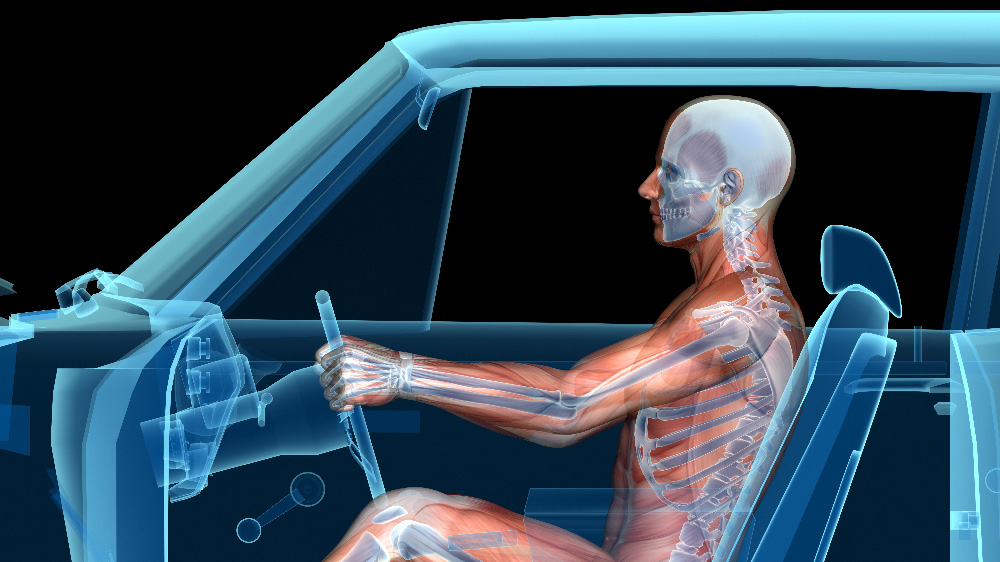
Occupant Dynamics and Injury Biomechanics
The impact induced dynamics and injury production in an accident are crucial factors in many legal
cases. Generally accepted and effective analyses and presentation of such events requires a
combination of academic background and real-world experience. BioRec’s principal has his Ph.D. with a
concentration in Injury Biomechanics and has been testifying in the area for over 30 years. Cases
analyzed include, but are not limited to:
- The probability of restraint usage and the role of restraint in preventing injuries,
- The potential for injury in a low to moderate severity accident,
- The injury production due to vehicle or equipment defects,
- The cause of a slip, trip or fall,
- The specifics of a vehicle-to-pedestrian interaction,
- The injury potential of falling object contact,
- The determination of who was driving a vehicle.
Helmet Effectiveness Evaluation
In a bicycle/motorcycle accident, the rider can experience a variety of head loads and injury patterns. BioRec® has the ability to analyze these situations to determine the role of a helmet in preventing or reducing the brain, skull or facial trauma.
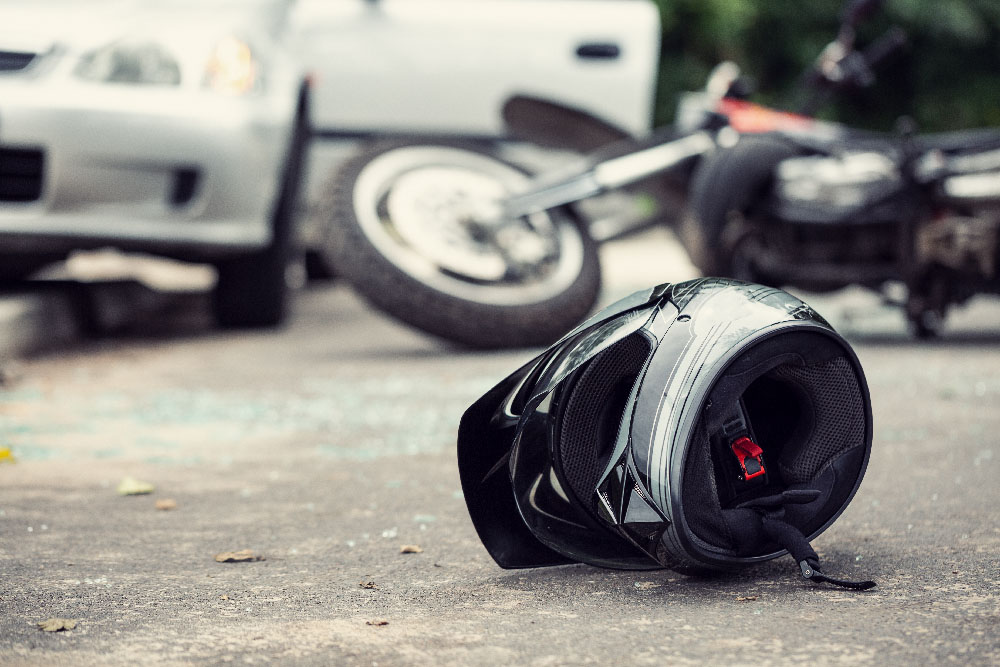
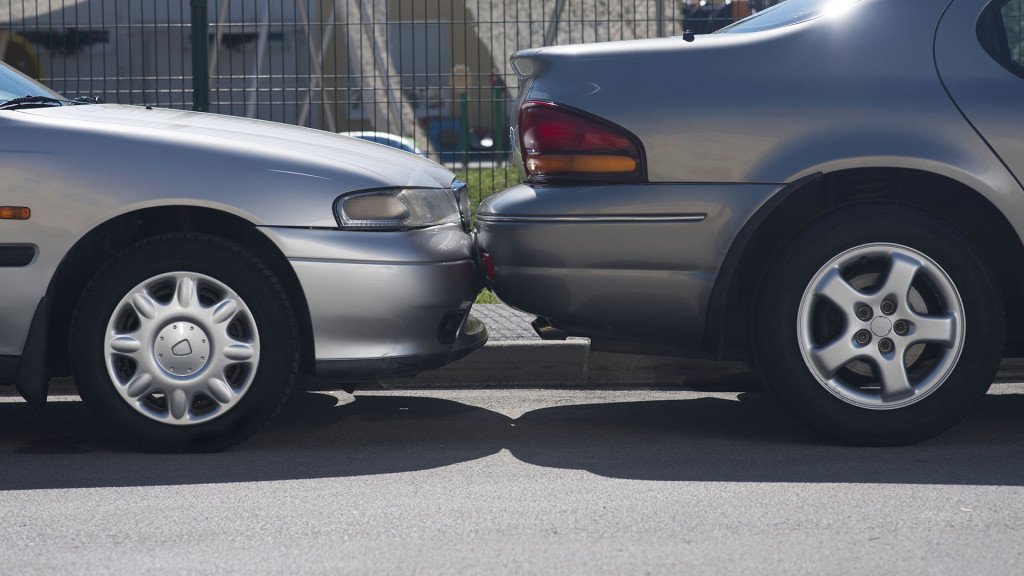
Low Velocity Impact Analysis
These analyses are done to assess the potential for injury mechanisms during a possible low speed type impact. The project includes an accident reconstruction to determine the severity level. This is followed by a dynamic analysis to investigate the occupant motion during the accident and an injury biomechanics analysis to address the potential for injurious loading.
Interior Compartment Intrusion
Structural integrity of the interior compartment space can be a key factor for occupant safety, restraint performance and survivability. Our experts at BioRec® can systematically study the details of the vehicle collision and describe how the interior structures interacted with the occupant during the crash.
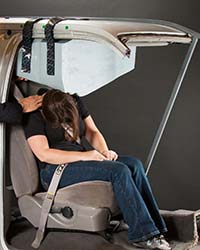
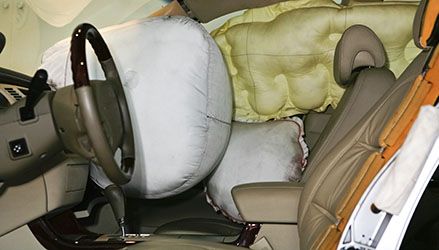
Restraint System Analysis
For this type of case, an analysis is conducted to determine the role of a restraint system in preventing, reducing or causing an injury. Traditional seat belt systems can be investigated, as well as, airbags and child safety seats. These cases may range from a typical intersection accident to a multiple rollover situation. A Restraint System Analysis is conducted in conjunction with an Accident Reconstruction performed by BioRec® or an outside expert.
Unique Situations
BioRec's well-qualified staff and technical abilities allow us to investigate unique situations that do not fit into a specific category. Examples include an analysis of a murder case involving a hammer blow to the head, the injuries likely sustained from falling off an amusement ride, and the reconstruction and restraint analysis of airplane and train accidents.

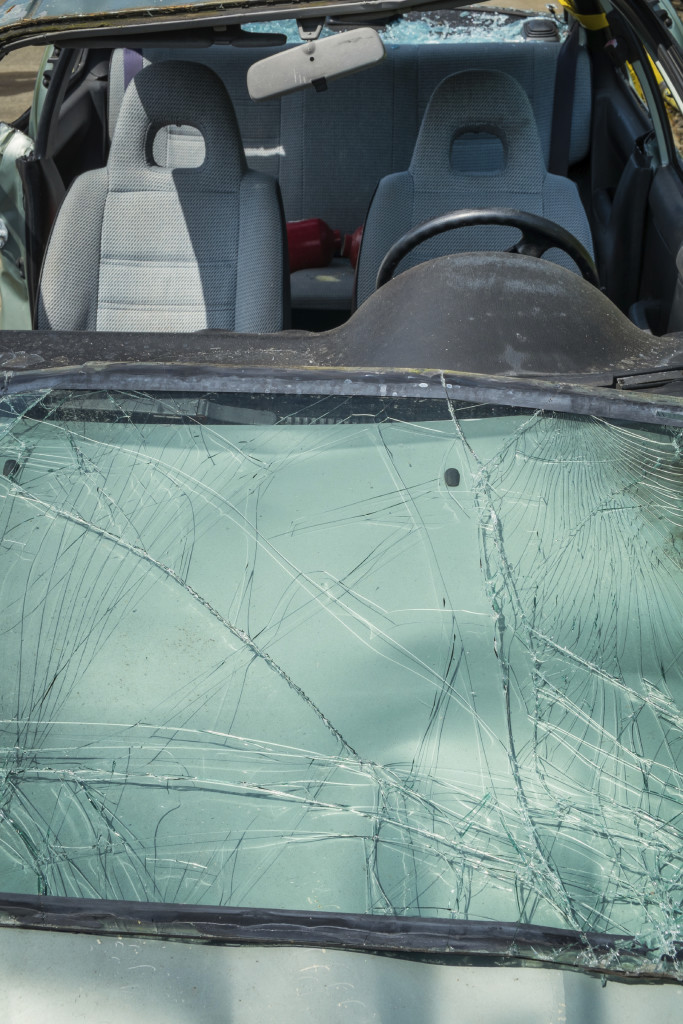
"Who Was Driving" Determination
During high-speed accidents, unrestrained occupants can be shifted within the vehicle and/or be ejected. In situations where no one is in the driver seat after the accident, this analysis can be conducted to determine the likely driver. A Who Was Driving Analysis is conducted in conjunction with an Accident Reconstruction performed by BioRec® or an outside expert.
